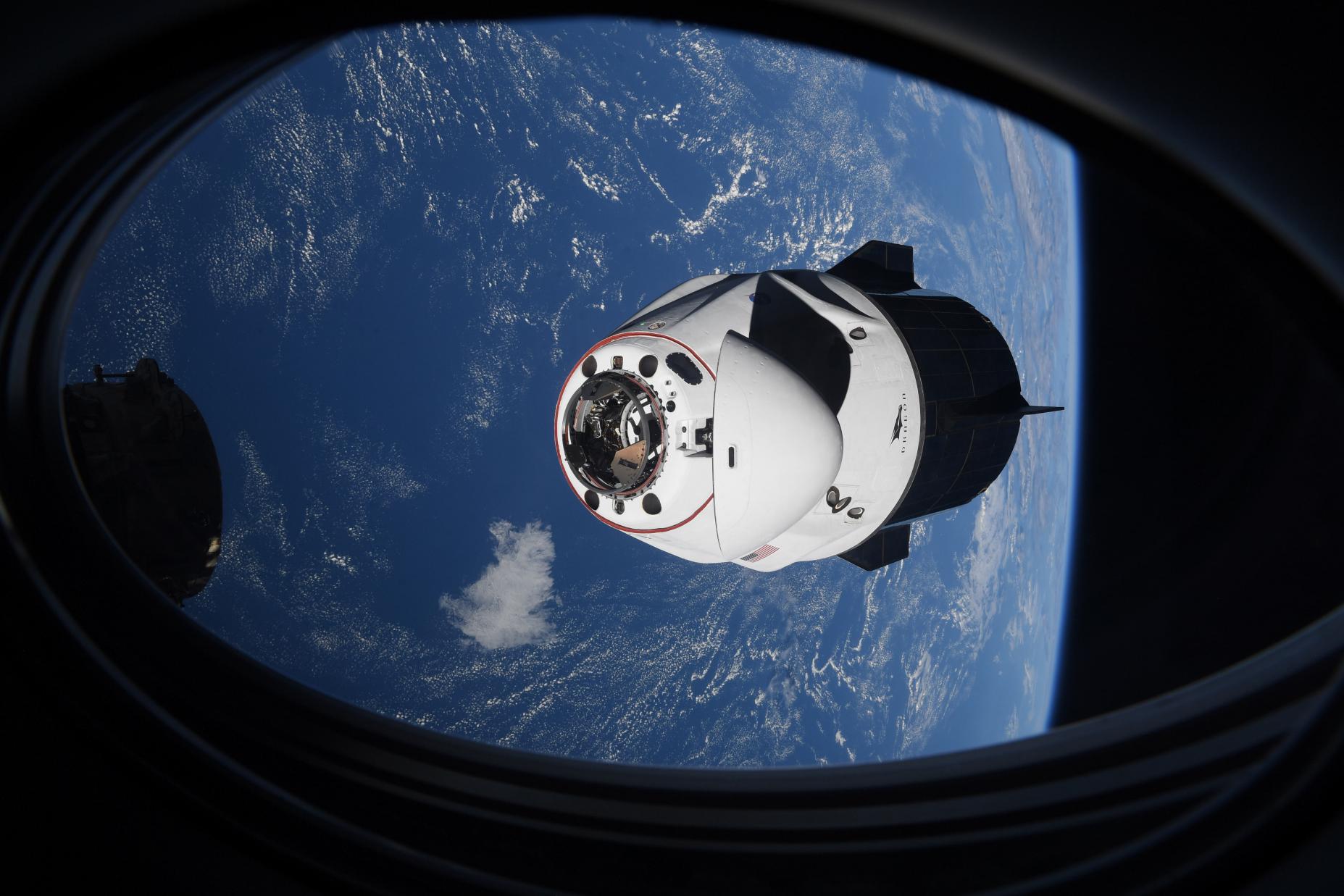

News
A 2021 SpaceX Odyssey: Dragon aces third astronaut launch, docks with space station
Early on Saturday morning, SpaceX Crew Dragon ‘Endeavour’ (capsule C206) – carrying four international astronauts – flawlessly docked with the International Space Station (ISS) for the second time in less than a year.
Capping off a smooth 24 hours of free-flight following an equally successful Falcon 9 launch on Friday, April 23rd, Dragon’s third crewed space station arrival was captured in spectacular fashion – thanks in part to the presence of a separate Crew Dragon vehicle already docked to the orbiting outpost. Recently swapped between the two ISS docking ports capable of supporting Dragons, Crew-1 NASA astronaut Mike Hopkins had – by far – the best view in the house of Crew-2’s space station rendezvous while looking out the window of the other Crew Dragon on orbit.
Former NASA flight director and Space Shuttle program manager Wayne Hale put it best, stating that SpaceX “[made] it look easy” with a “perfectly successful [Crew-2] launch and docking” – the company’s third astronaut launch and space station rendezvous since May 2020.
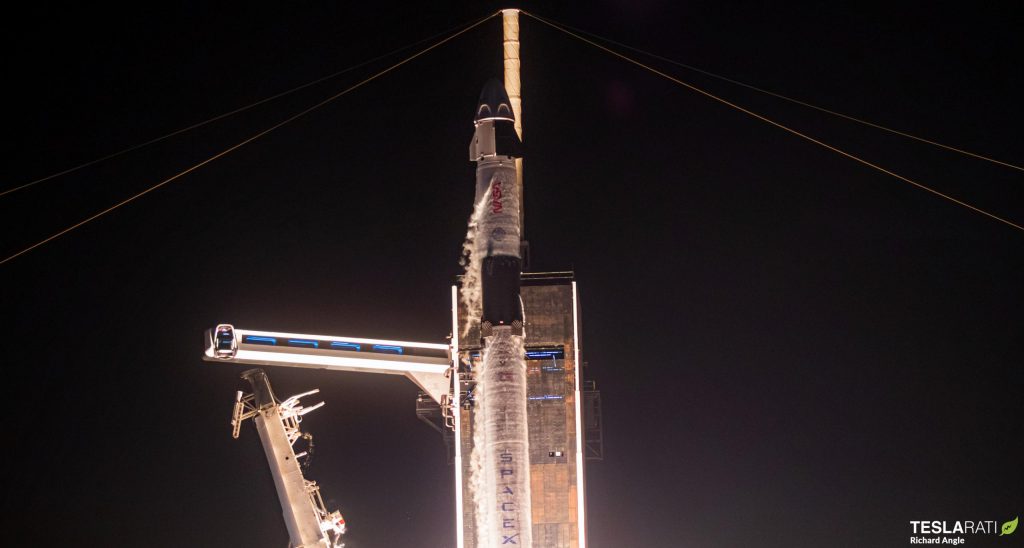
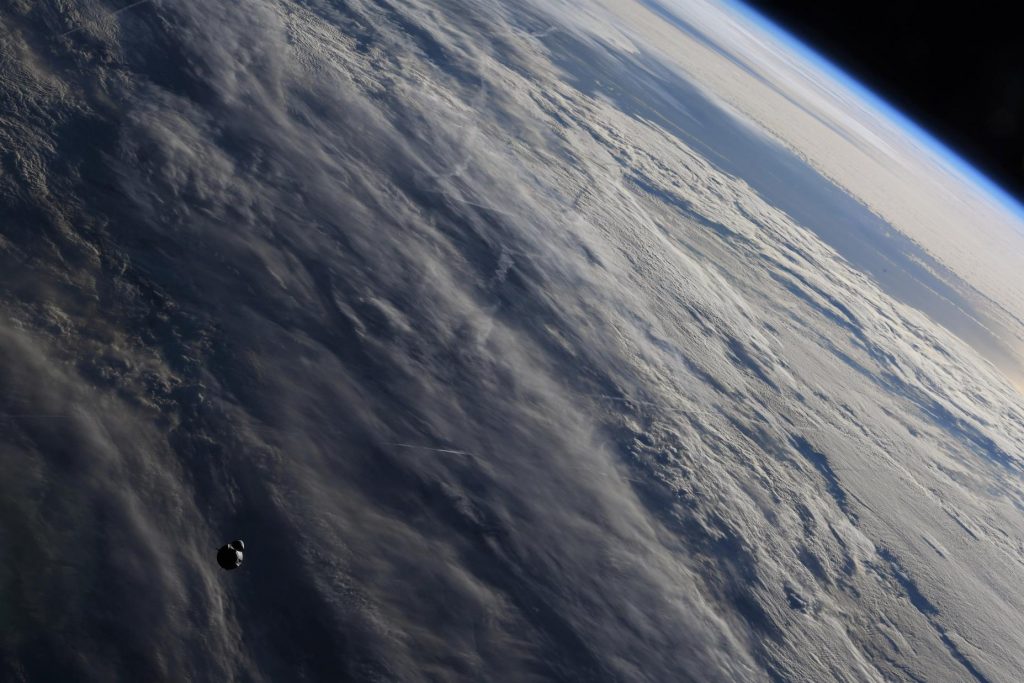
After a mere three days of delays – one for weather – from an April 20th (4/20) target set almost three months earlier, Crew Dragon lifted off on SpaceX and NASA’s Crew-2 mission shortly before dawn on April 23rd. As the rocket rapidly carried Dragon and its passengers from sea level to dozens of kilometers above the Earth’s surface, it sailed into sunlight, producing a spectacle that stretched across a vast swath of the pre-dawn sky as the sun lit up Falcon 9’s second stage exhaust plume.
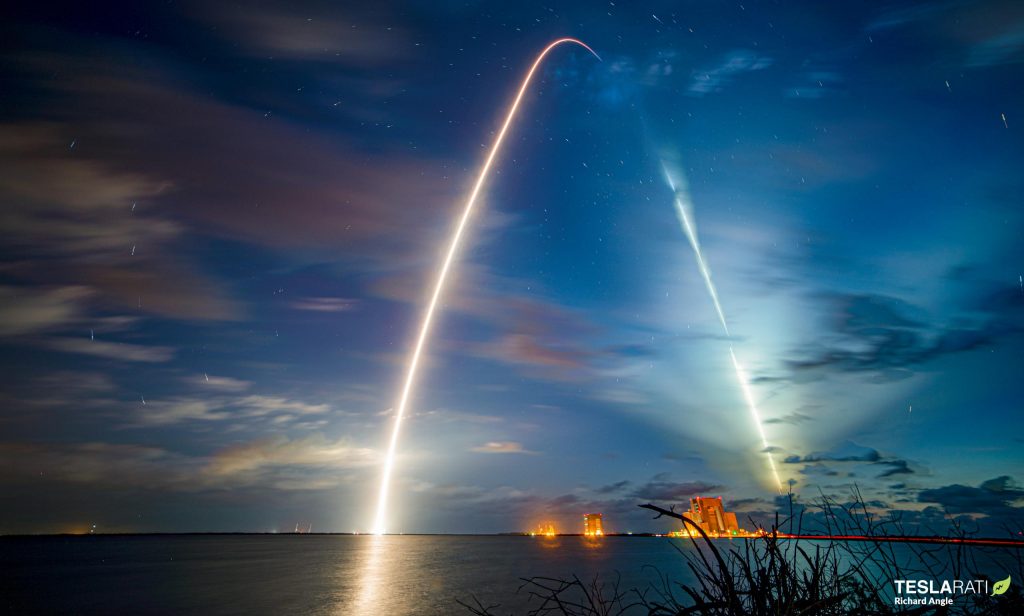

The four astronauts aboard the flight-proven Dragon were equally amazed as the inky black vacuum outside their spacecraft’s windows turned to blinding, unfiltered sunlight. One spectacle and a flawless trip into orbit on Falcon 9 behind them, French European Space Agency (ESA) astronaut Thomas Pesquet caught a glimpse of the rocket’s expended second stage effectively flying in formation a few miles below Crew Dragon.
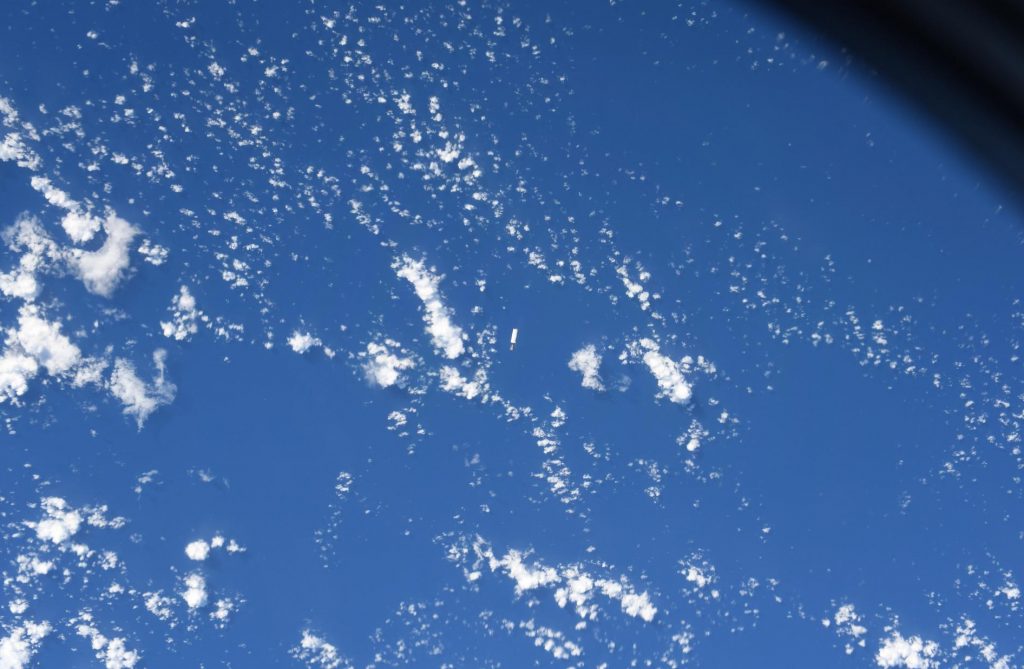
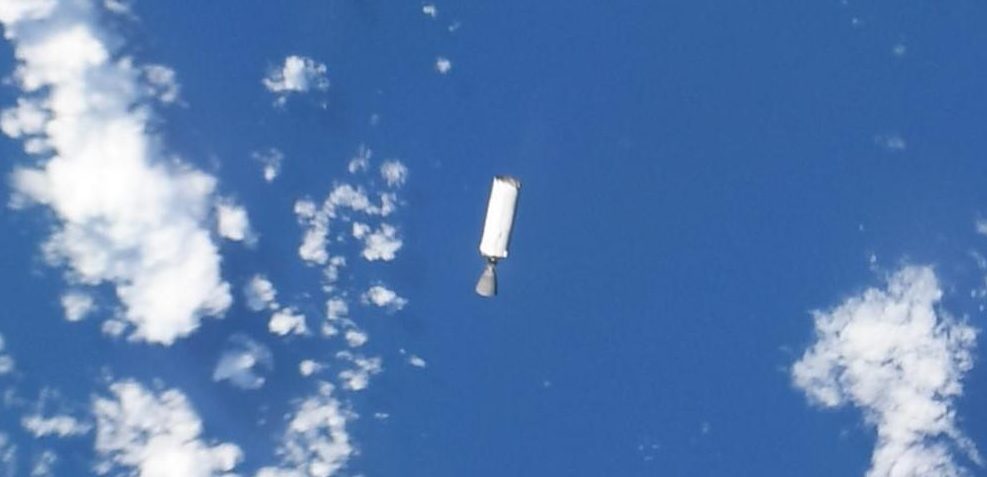
After almost exactly 24 hours on its own and five major Draco thruster orbit-raising and trajectory-matching burns, as well as an unwelcome collision avoidance warning that ultimately turned out to be a false alarm, Crew Dragon capsule C206 completed its second space station docking without delay around 5am on April 24th. Pesquet has published several dozen excellent photos of the flight and docking, offering the best look yet at what life aboard a free-flying Dragon is really like for the four astronauts packed into a volume – as he himself notes – roughly equivalent to a large car’s cabin.
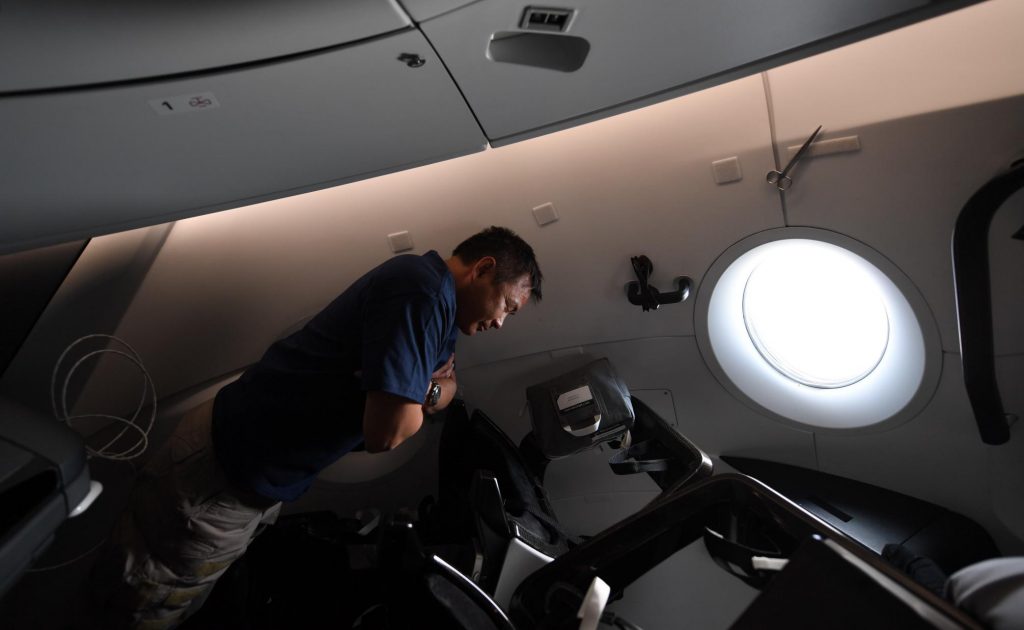
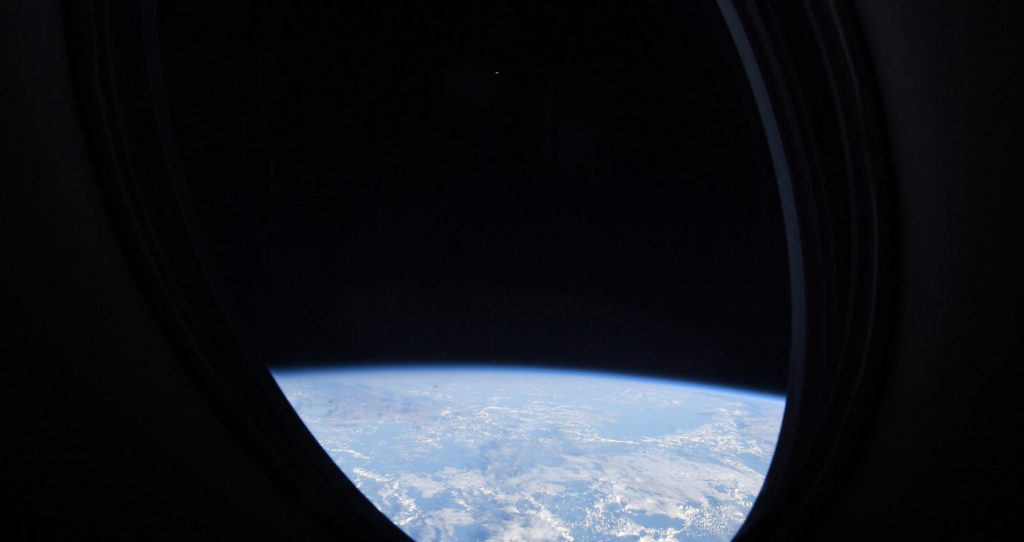
With its successful arrival, SpaceX – for the first time ever – had two separate Crew Dragon spacecraft docked to ISS simultaneously, marking the first of at least two more Dragon ‘hand-off’ milestones to come. Though NASA nominally planned to have Commercial Crew providers SpaceX and Boeing essentially take turns on operational astronaut ferry missions, the latter company’s Starliner spacecraft is more than a year and a half behind schedule and is unlikely to perform its first crewed demonstration flight before Q1 2022.
In other words, SpaceX has been forced to mature its Crew Dragon program much faster than expected to complete at least four back-to-back astronaut launches in ~17 months, while NASA is effectively dependent on the company to ensure the ISS remains fully crewed from May 2020 to sometime in 2022.
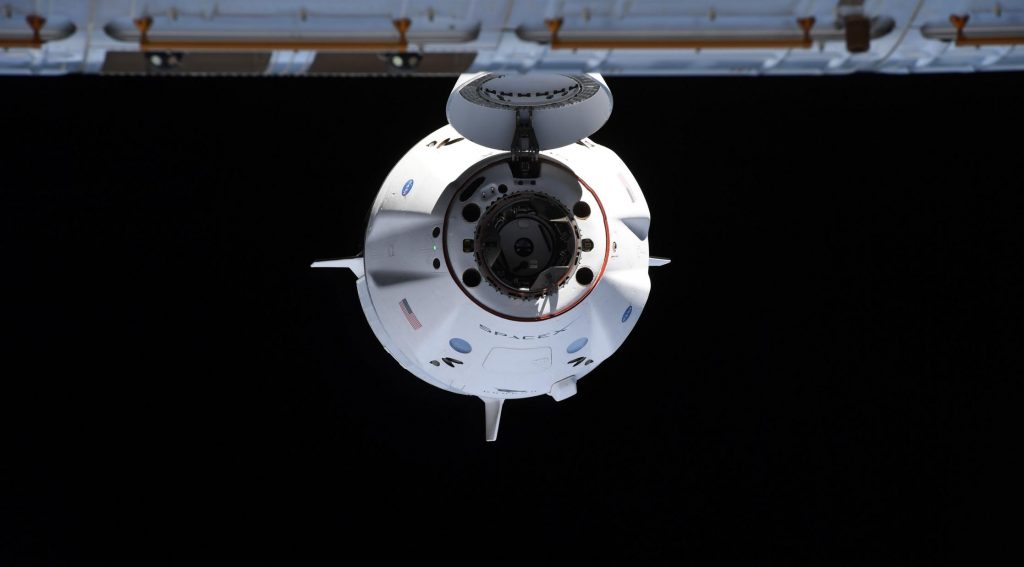
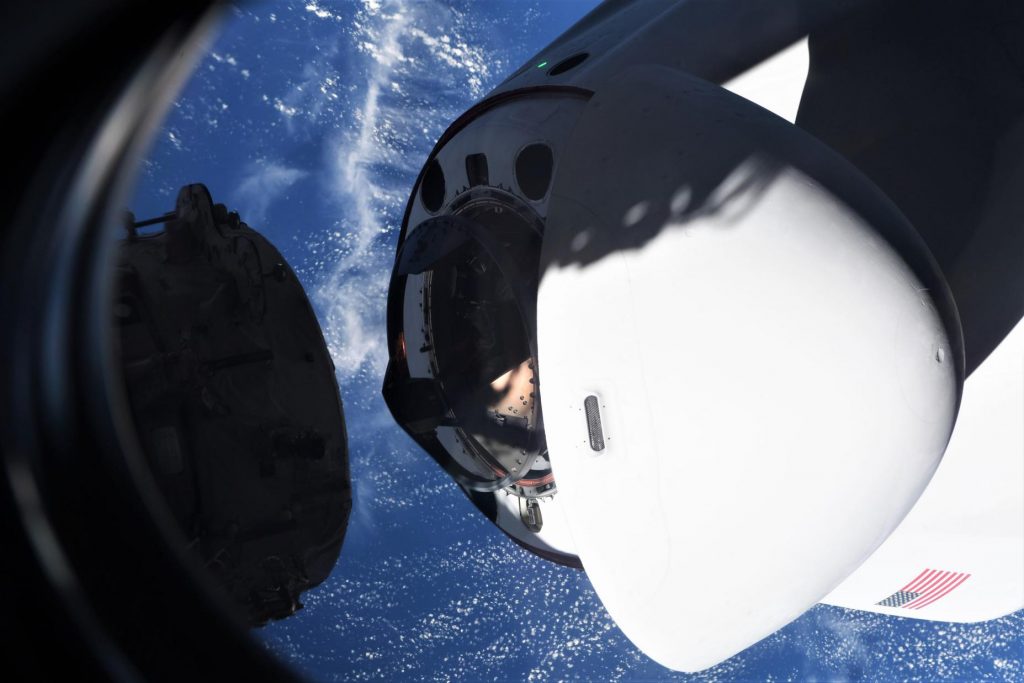
Following Crew-2’s smooth arrival, Crew-1’s Crew Dragon and its four-astronaut crew will return to Earth as early as April 28th. Sometime in October or November 2021, SpaceX will repeat that hand-off process once again when it launches Crew-3 and recovers Crew-2. There is a distant chance Boeing will have completed two successful test flights and be ready for Starliner’s operational astronaut launch debut in early 2022, but it’s arguably much more likely that SpaceX will also perform a third hand-off between Crew-3 and Crew-4 sometime in Q2 2022 before finally handing over the reins to Starliner.
News
Tesla cleared in Canada EV rebate investigation
Tesla has been cleared in an investigation into the company’s staggering number of EV rebate claims in Canada in January.

Canadian officials have cleared Tesla following an investigation into a large number of claims submitted to the country’s electric vehicle (EV) rebates earlier this year.
Transport Canada has ruled that there was no evidence of fraud after Tesla submitted 8,653 EV rebate claims for the country’s Incentives for Zero-Emission Vehicles (iZEV) program, as detailed in a report on Friday from The Globe and Mail. Despite the huge number of claims, Canadian authorities have found that the figure represented vehicles that had been delivered prior to the submission deadline for the program.
According to Transport Minister Chrystia Freeland, the claims “were determined to legitimately represent cars sold before January 12,” which was the final day for OEMs to submit these claims before the government suspended the program.
Upon initial reporting of the Tesla claims submitted in January, it was estimated that they were valued at around $43 million. In March, Freeland and Transport Canada opened the investigation into Tesla, noting that they would be freezing the rebate payments until the claims were found to be valid.
READ MORE ON ELECTRIC VEHICLES: EVs getting cleaner more quickly than expected in Europe: study
Huw Williams, Canadian Automobile Dealers Association Public Affairs Director, accepted the results of the investigation, while also questioning how Tesla knew to submit the claims that weekend, just before the program ran out.
“I think there’s a larger question as to how Tesla knew to run those through on that weekend,” Williams said. “It doesn’t appear to me that we have an investigation into any communication between Transport Canada and Tesla, between officials who may have shared information inappropriately.”
Tesla sales have been down in Canada for the first half of this year, amidst turmoil between the country and the Trump administration’s tariffs. Although Elon Musk has since stepped back from his role with the administration, a number of companies and officials in Canada were calling for a boycott of Tesla’s vehicles earlier this year, due in part to his association with Trump.
News
Tesla Semis to get 18 new Megachargers at this PepsiCo plant
PepsiCo is set to add more Tesla Semi Megachargers, this time at a facility in North Carolina.

Tesla partner PepsiCo is set to build new Semi charging stations at one of its manufacturing sites, as revealed in new permitting plans shared this week.
On Friday, Tesla charging station scout MarcoRP shared plans on X for 18 Semi Megacharging stalls at PepsiCo’s facility in Charlotte, North Carolina, coming as the latest update plans for the company’s increasingly electrified fleet. The stalls are set to be built side by side, along with three Tesla Megapack grid-scale battery systems.
The plans also note the faster charging speeds for the chargers, which can charge the Class 8 Semi at speeds of up to 1MW. Tesla says that the speed can charge the Semi back to roughly 70 percent in around 30 minutes.
You can see the site plans for the PepsiCo North Carolina Megacharger below.

Credit: PepsiCo (via MarcoRPi1 on X)

Credit: PepsiCo (via MarcoRPi1 on X)
READ MORE ON THE TESLA SEMI: Tesla to build Semi Megacharger station in Southern California
PepsiCo’s Tesla Semi fleet, other Megachargers, and initial tests and deliveries
PepsiCo was the first external customer to take delivery of Tesla’s Semis back in 2023, starting with just an initial order of 15. Since then, the company has continued to expand the fleet, recently taking delivery of an additional 50 units in California. The PepsiCo fleet was up to around 86 units as of last year, according to statements from Semi Senior Manager Dan Priestley.
Additionally, the company has similar Megachargers at its facilities in Modesto, Sacramento, and Fresno, California, and Tesla also submitted plans for approval to build 12 new Megacharging stalls in Los Angeles County.
Over the past couple of years, Tesla has also been delivering the electric Class 8 units to a number of other companies for pilot programs, and Priestley shared some results from PepsiCo’s initial Semi tests last year. Notably, the executive spoke with a handful of PepsiCo workers who said they really liked the Semi and wouldn’t plan on going back to diesel trucks.
The company is also nearing completion of a higher-volume Semi plant at its Gigafactory in Nevada, which is expected to eventually have an annual production capacity of 50,000 Semi units.
Tesla executive teases plan to further electrify supply chain
News
Tesla sales soar in Norway with new Model Y leading the charge
Tesla recorded a 54% year-over-year jump in new vehicle registrations in June.

Tesla is seeing strong momentum in Norway, with sales of the new Model Y helping the company maintain dominance in one of the world’s most electric vehicle-friendly markets.
Model Y upgrades and consumer preferences
According to the Norwegian Road Federation (OFV), Tesla recorded a 54% year-over-year jump in new vehicle registrations in June. The Model Y led the charge, posting a 115% increase compared to the same period last year. Tesla Norway’s growth was even more notable in May, with sales surging a whopping 213%, as noted in a CNBC report.
Christina Bu, secretary general of the Norwegian EV Association (NEVA), stated that Tesla’s strong market performance was partly due to the updated Model Y, which is really just a good car, period.
“I think it just has to do with the fact that they deliver a car which has quite a lot of value for money and is what Norwegians need. What Norwegians need, a large luggage space, all wheel drive, and a tow hitch, high ground clearance as well. In addition, quite good digital solutions which people have gotten used to, and also a charging network,” she said.
Tesla in Europe
Tesla’s success in Norway is supported by long-standing government incentives for EV adoption, including exemptions from VAT, road toll discounts, and access to bus lanes. Public and home charging infrastructure is also widely available, making the EV ownership experience in the country very convenient.
Tesla’s performance in Europe is still a mixed bag, with markets like Germany and France still seeing declines in recent months. In areas such as Norway, Spain, and Portugal, however, Tesla’s new car registrations are rising. Spain’s sales rose 61% and Portugal’s sales rose 7% last month. This suggests that regional demand may be stabilizing or rebounding in pockets of Europe.
-

 Elon Musk2 weeks ago
Elon Musk2 weeks agoTesla investors will be shocked by Jim Cramer’s latest assessment
-

 Elon Musk2 days ago
Elon Musk2 days agoxAI launches Grok 4 with new $300/month SuperGrok Heavy subscription
-

 Elon Musk4 days ago
Elon Musk4 days agoElon Musk confirms Grok 4 launch on July 9 with livestream event
-

 News1 week ago
News1 week agoTesla Model 3 ranks as the safest new car in Europe for 2025, per Euro NCAP tests
-

 Elon Musk2 weeks ago
Elon Musk2 weeks agoA Tesla just delivered itself to a customer autonomously, Elon Musk confirms
-

 Elon Musk1 week ago
Elon Musk1 week agoxAI’s Memphis data center receives air permit despite community criticism
-

 News2 weeks ago
News2 weeks agoXiaomi CEO congratulates Tesla on first FSD delivery: “We have to continue learning!”
-

 News2 weeks ago
News2 weeks agoTesla sees explosive sales growth in UK, Spain, and Netherlands in June

















